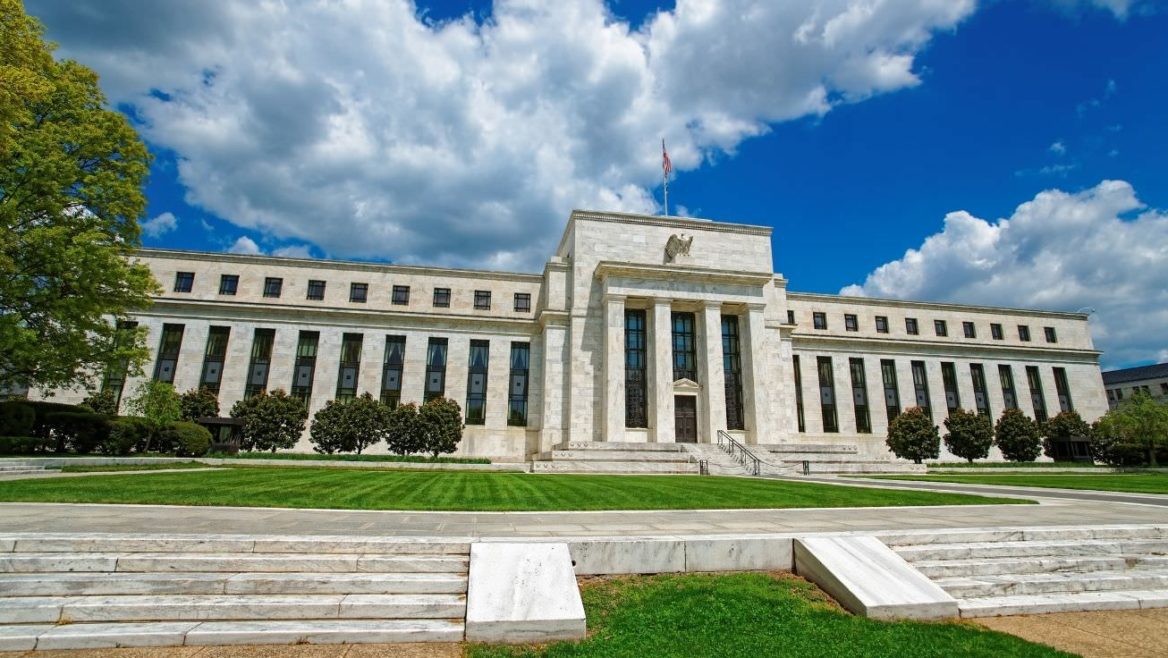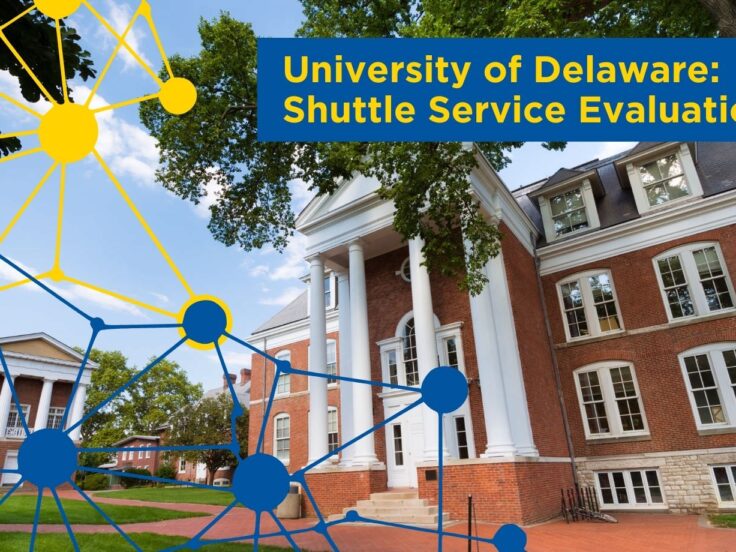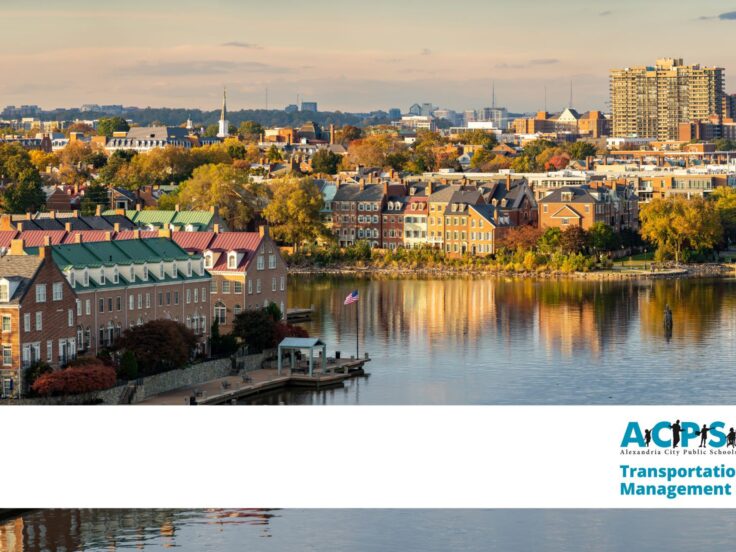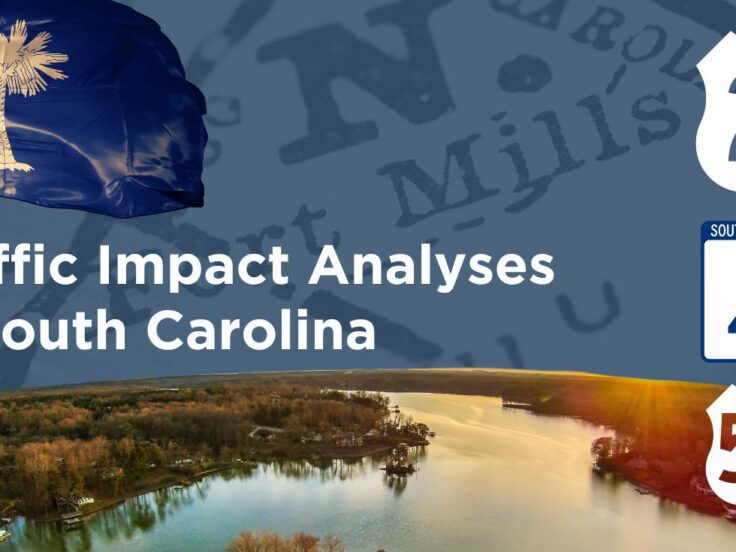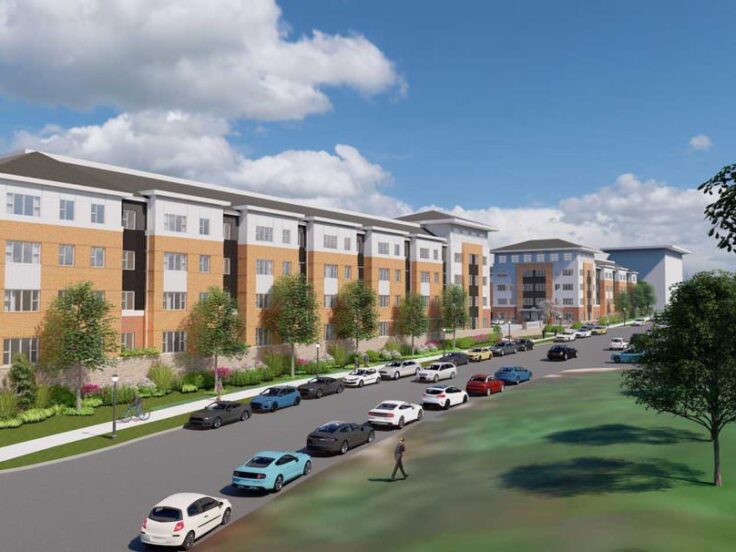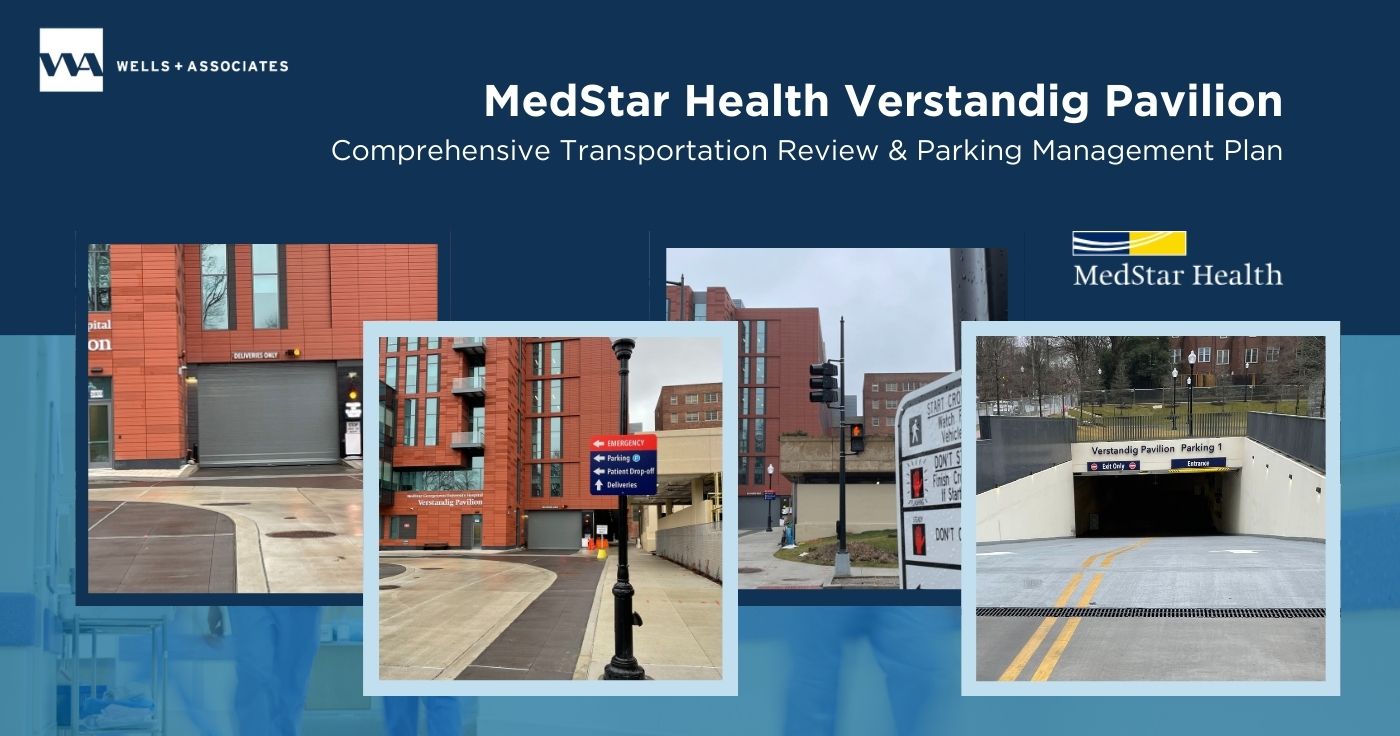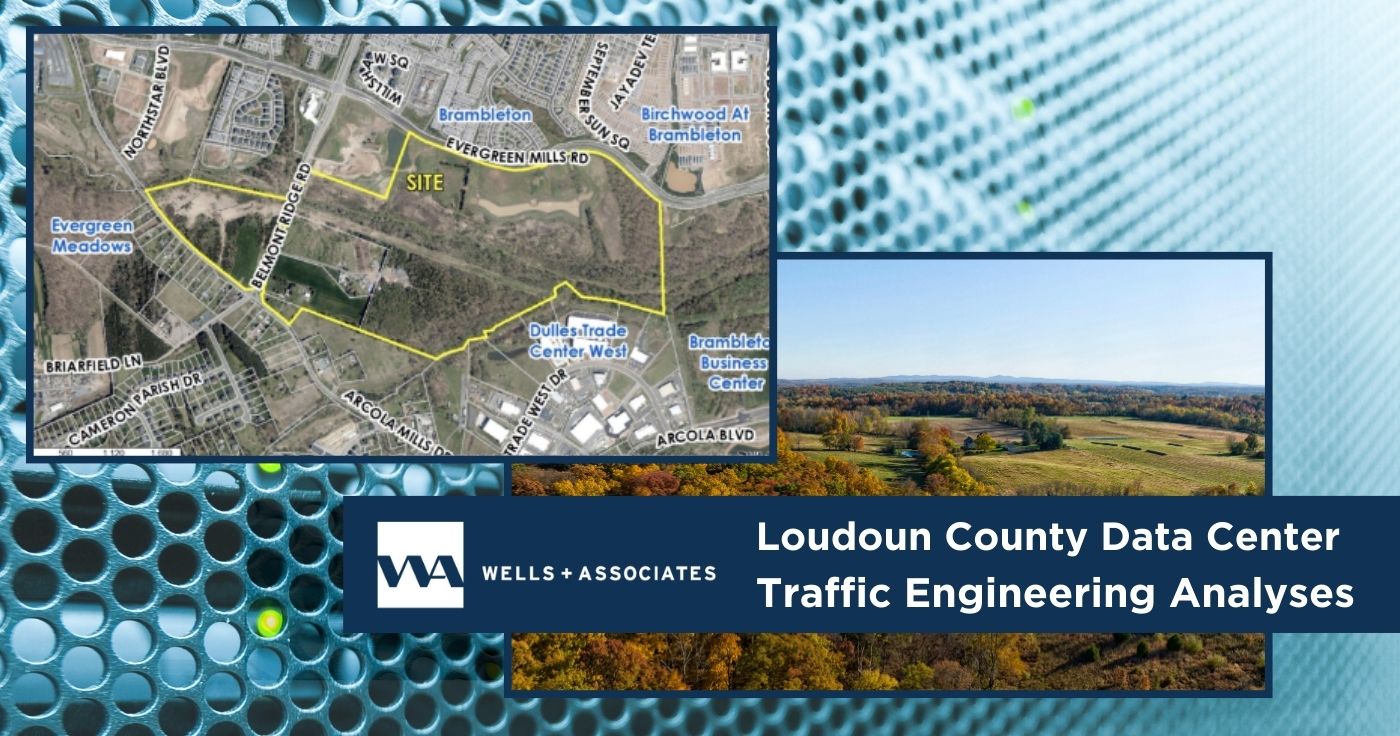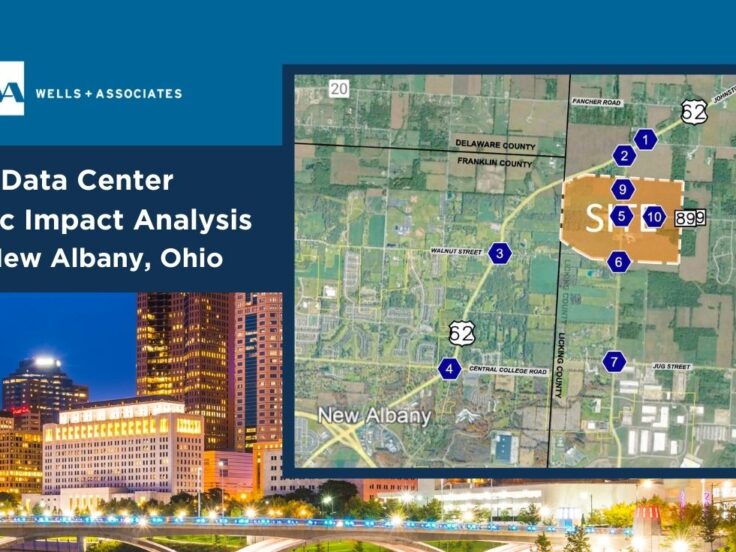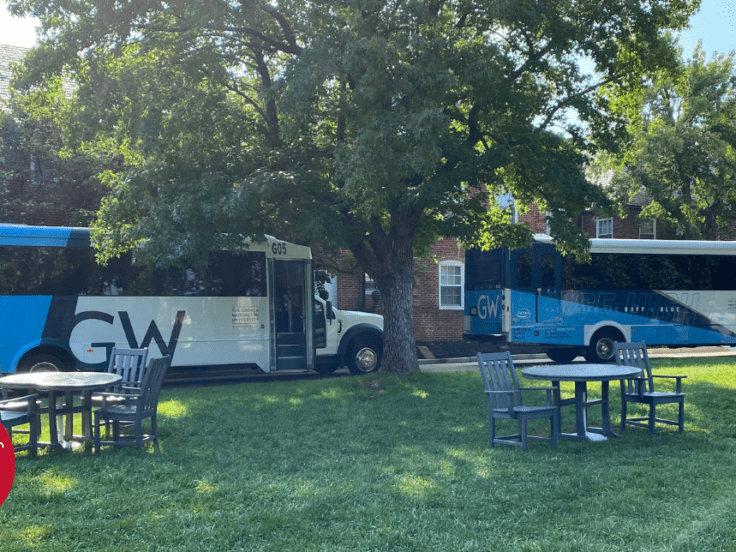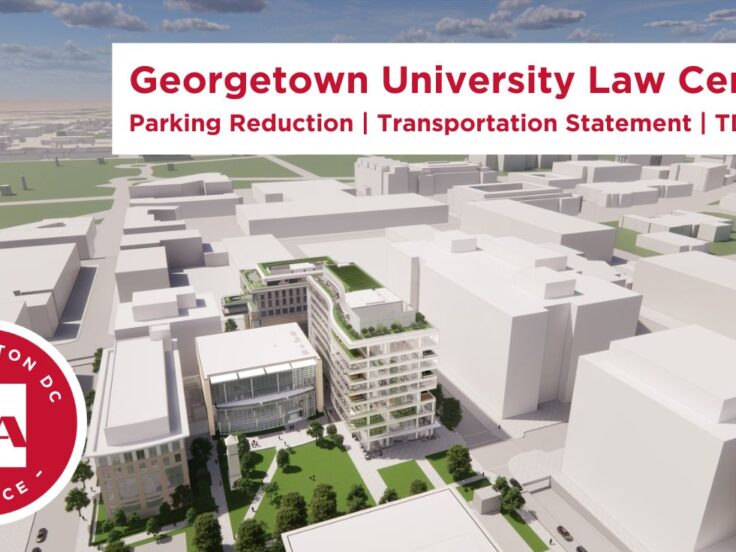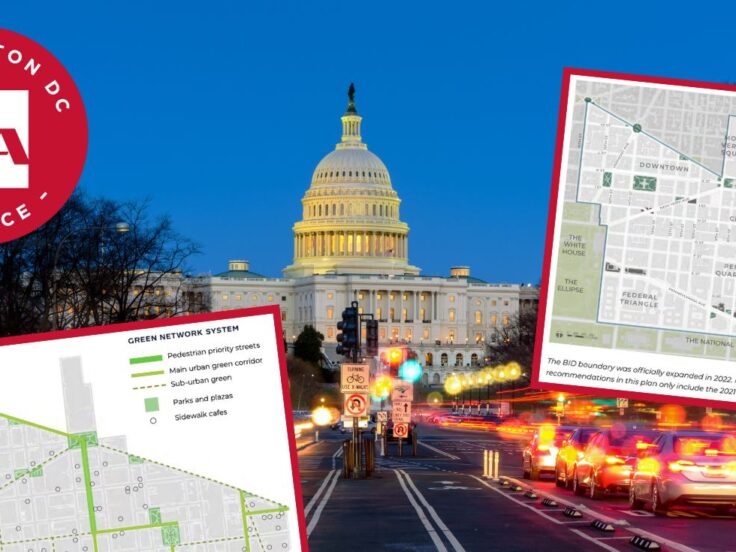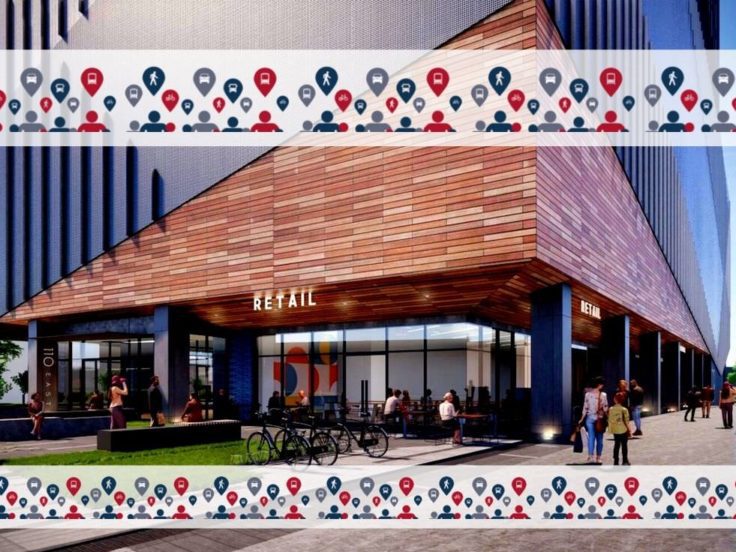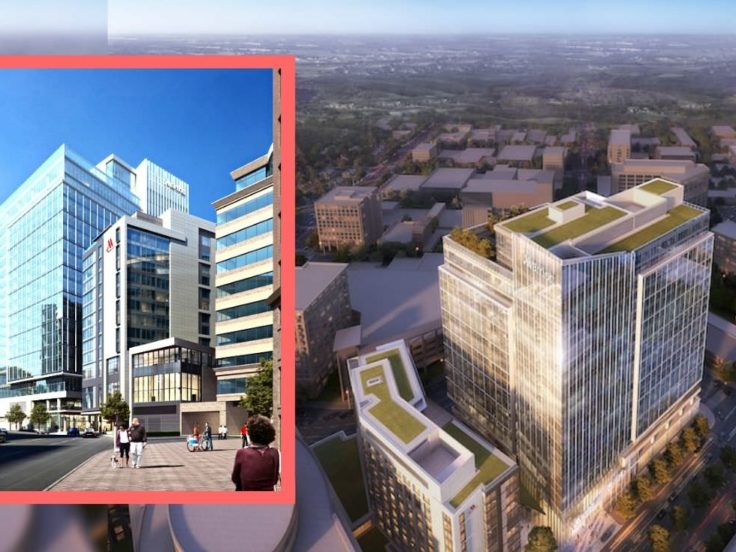Nicholas Kosar
The headquarters of the Federal Reserve System consists of two buildings in Northwest Washington, D.C. Wells + Associates was retained to assess the transportation aspects of a new visitor screening center.
The Board of Governors of the Federal Reserve System (the “Federal Reserve Board”) has its headquarters within the Marriner S. Eccles and William McChesney Martin, Jr. buildings that occupy the entire blocks bounded by Constitution Avenue, NW on the south, Virginia Avenue, NW to the north and east, 20th Street, NW on the east, and 21st Street, NW on the west in Washington, D.C.
To further promote the Federal Reserve Board’s mission, a new visitor screening center serving all employees and visitors to the Eccles-Martin complex was proposed to meet new security measures mandated by current threats. Additionally, the Federal Reserve Board proposed to renovate and expand its existing podium level to provide a new conference center.
The new conference center was proposed to enable the Federal Reserve Board to provide conferencing and training facilities for all its current activities that are presently forced at times to occur at off-site locations.
Wells + Associates was retained by the architect firm Karn Charuhas Chapman & Twohey (KCCT) to assess the transportation impacts of the government project as part of an Environmental Assessment under the National Environmental Policy Act (NEPA) process. Our firm collected existing field data, estimated regional growth, and assessed the number of weekday AM and PM peak hour trips that would be generated by the project to evaluate forecasted future traffic conditions. We subsequently identified potential improvements/ programs to mitigate site traffic impacts.
Wells + Associates was selected in large part due to our extensive experience with transportation assessments in the vicinity of the proposed government site including the Department of State, American Pharmacists Association, and United States Institute of Peace. Within this highly visible area, a key component of such projects is the need to implement enhanced security measures coincident with transportation needs.

